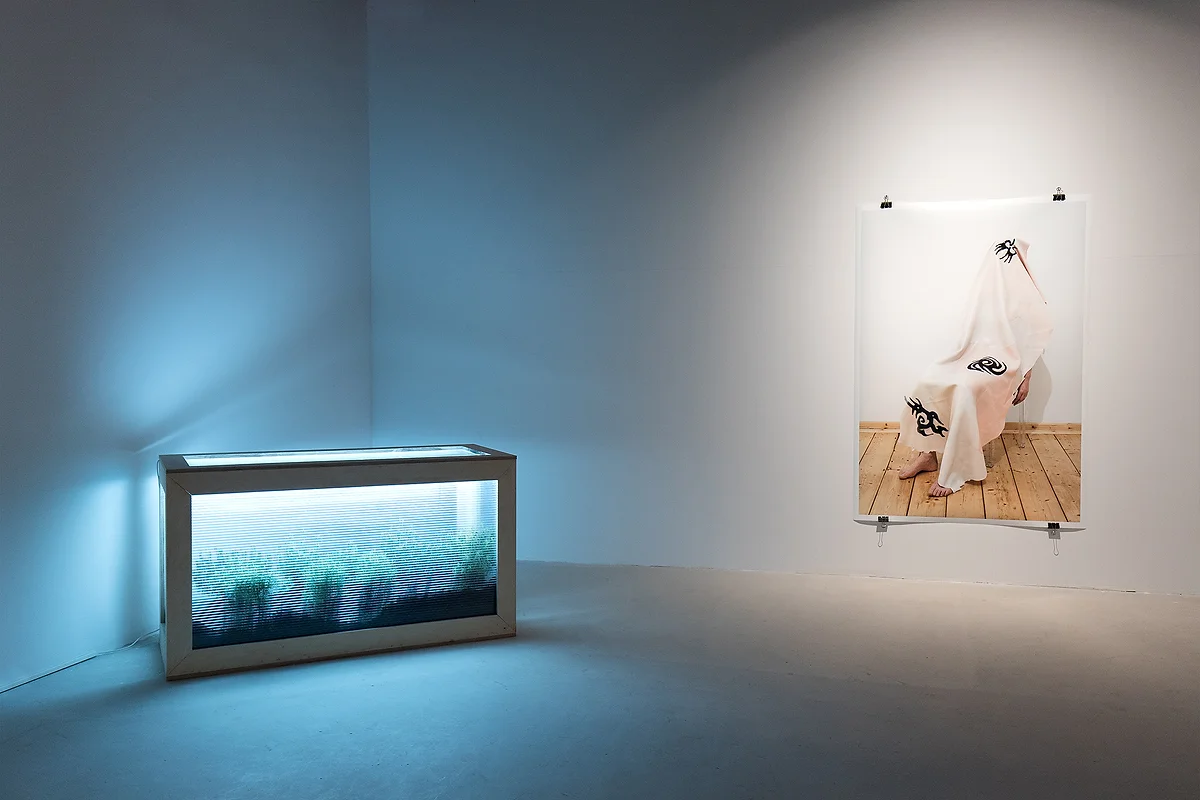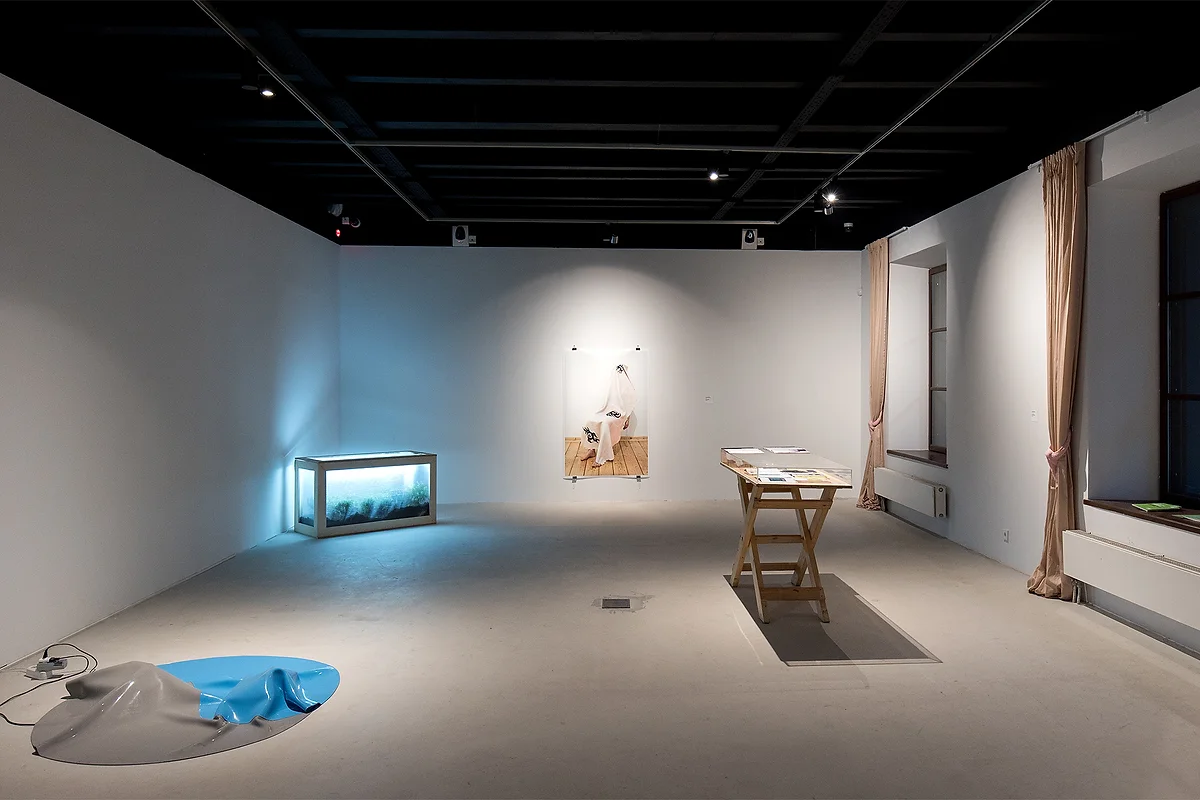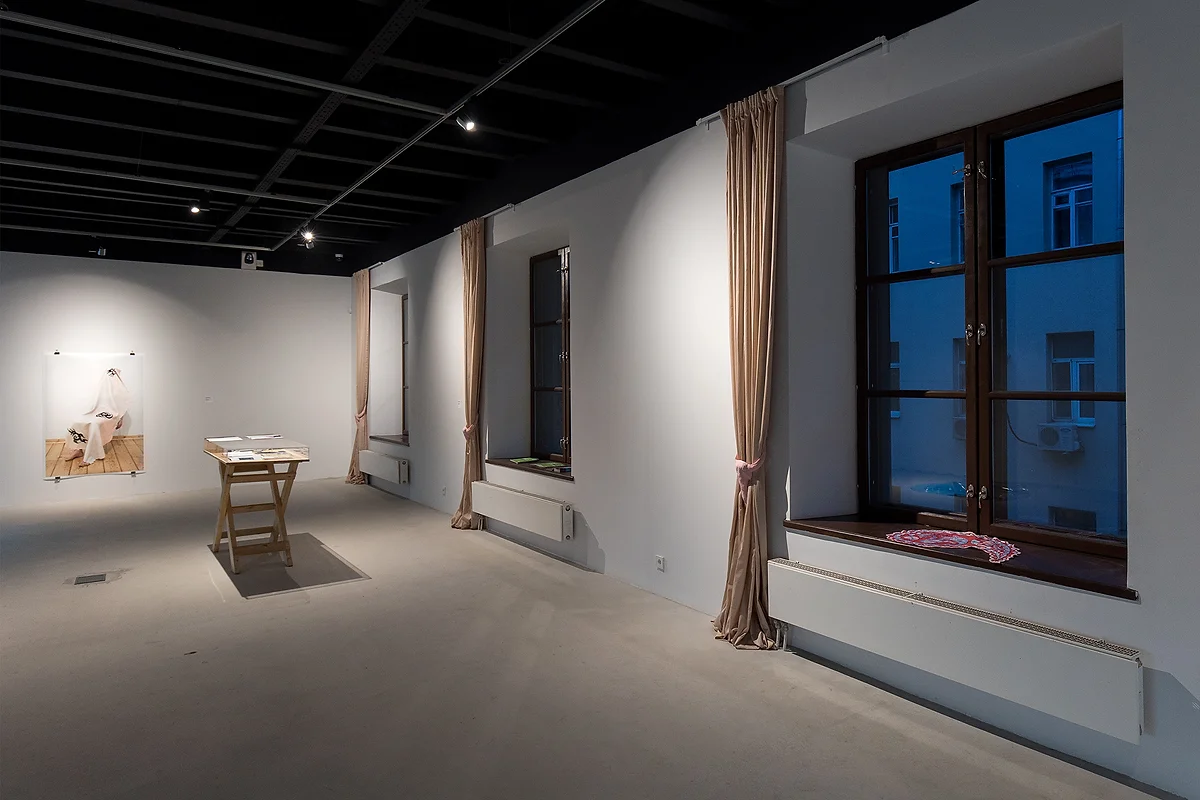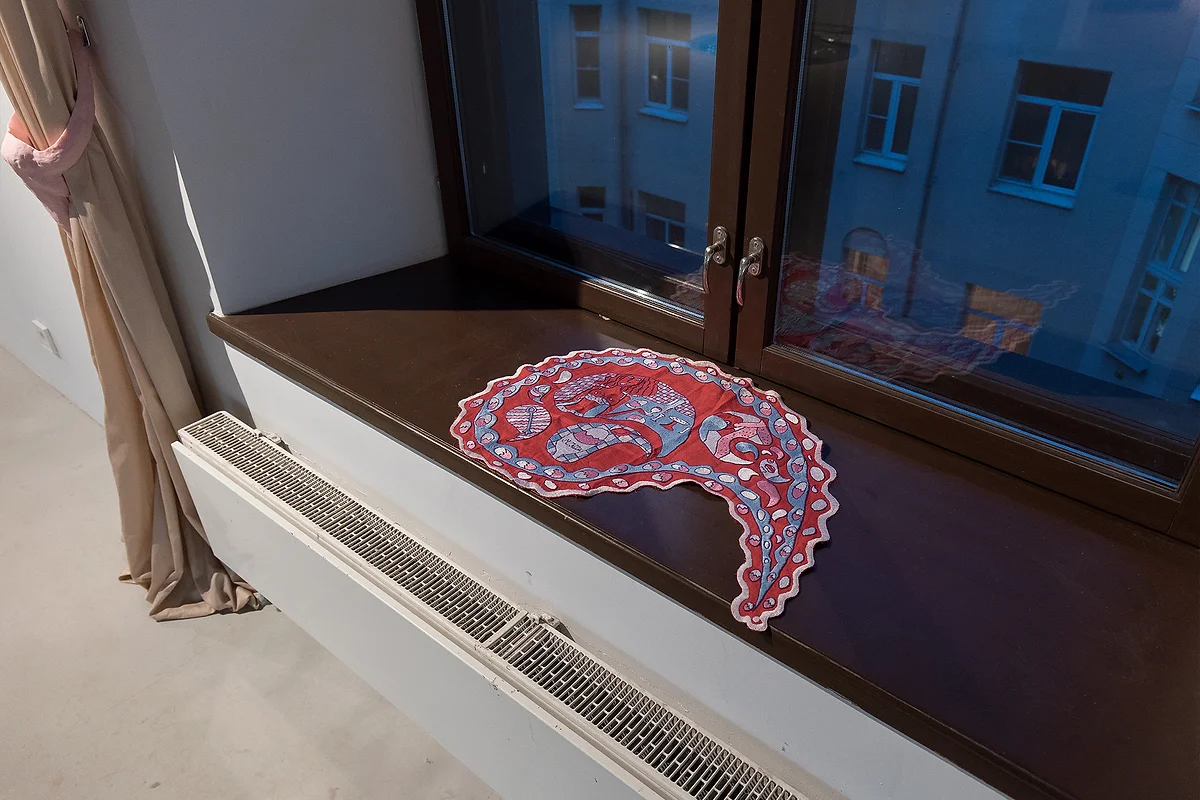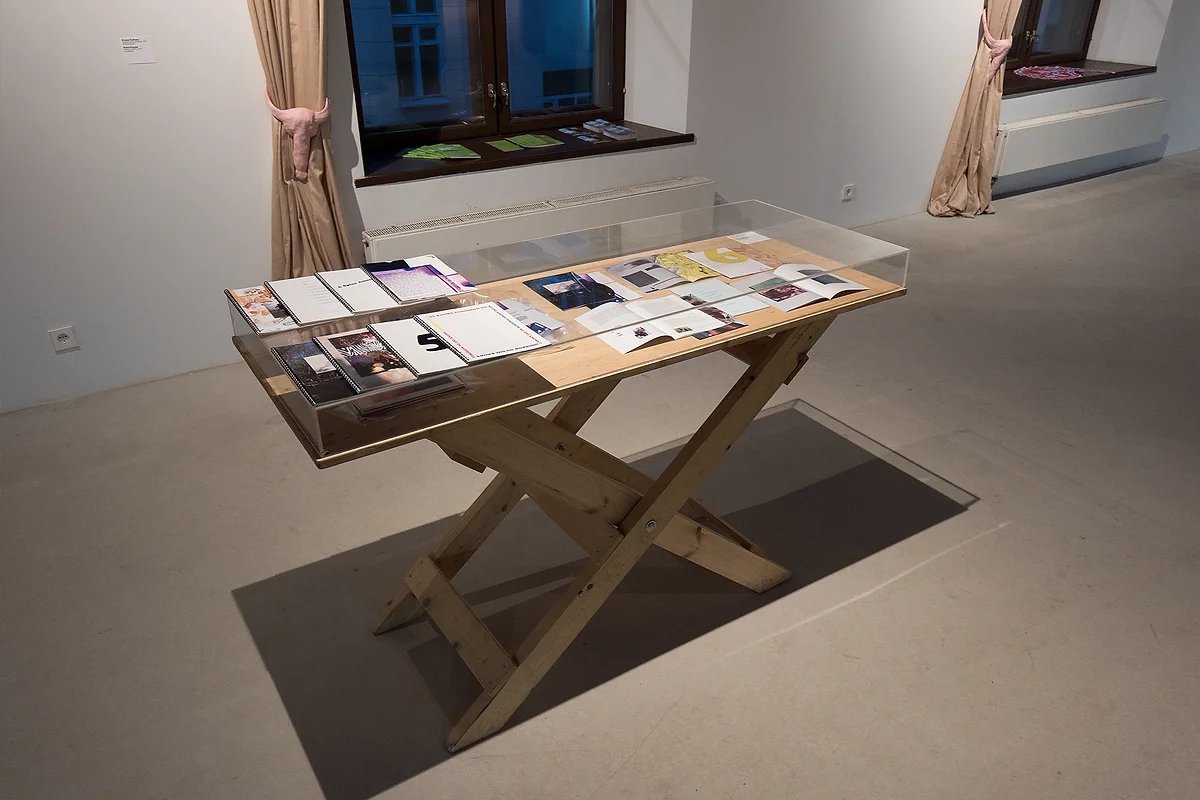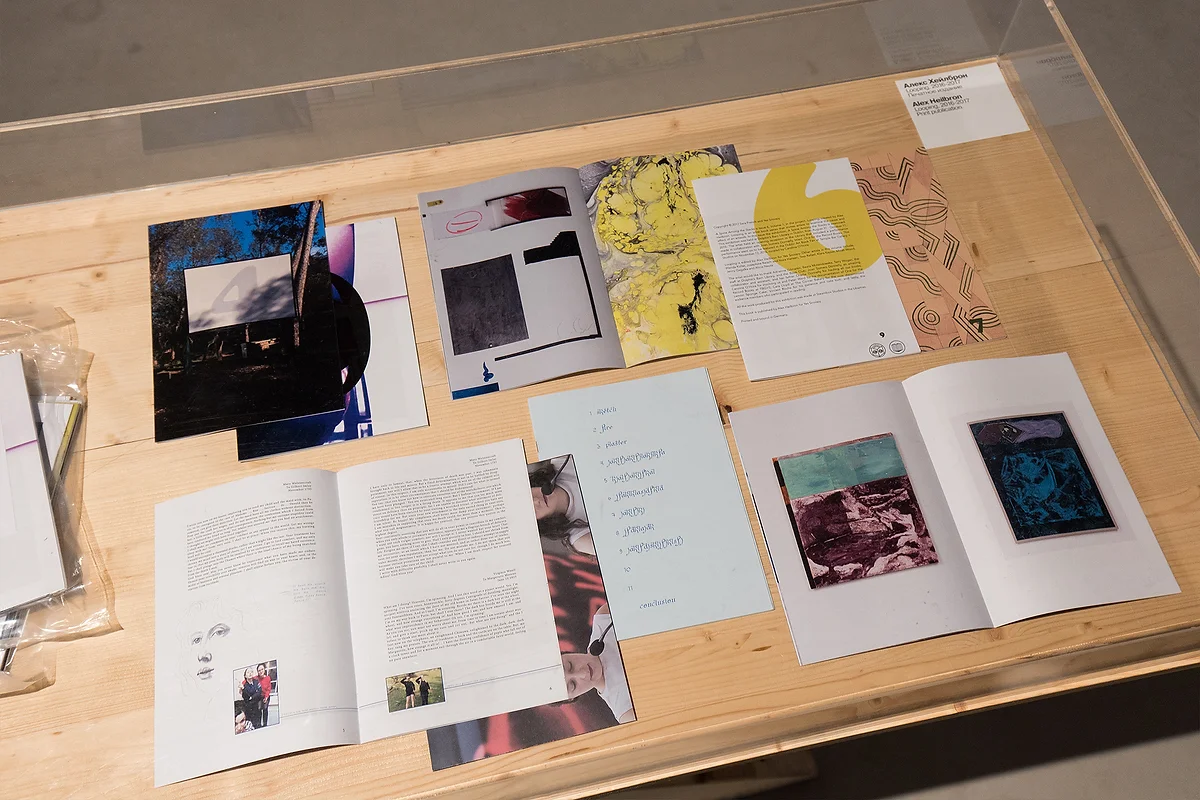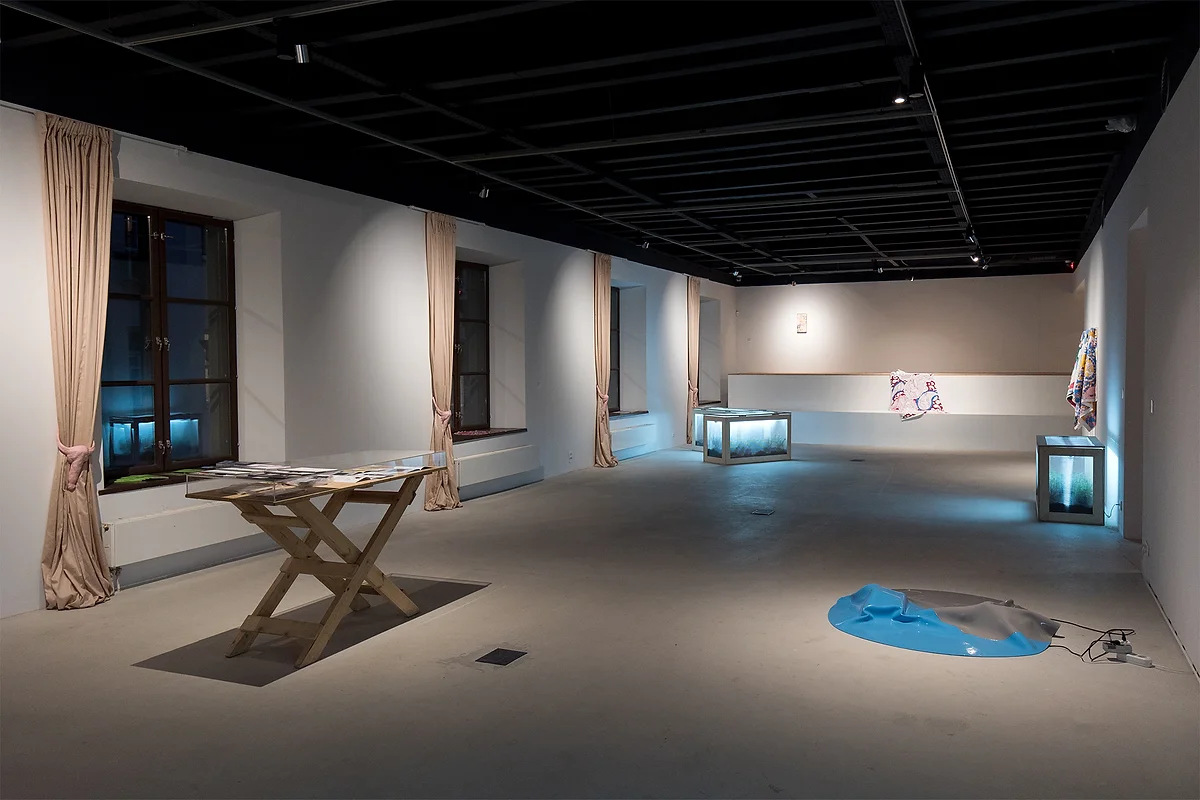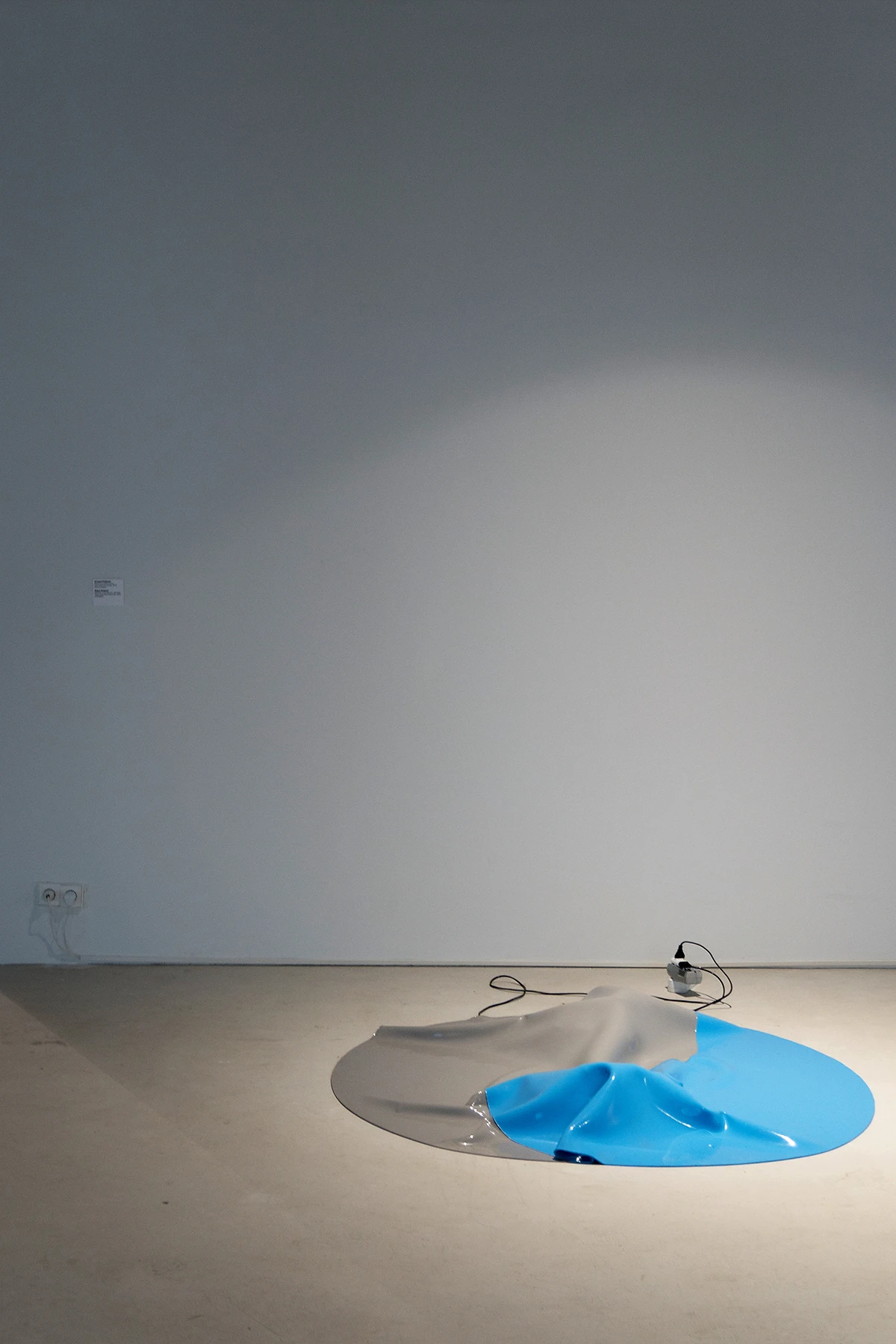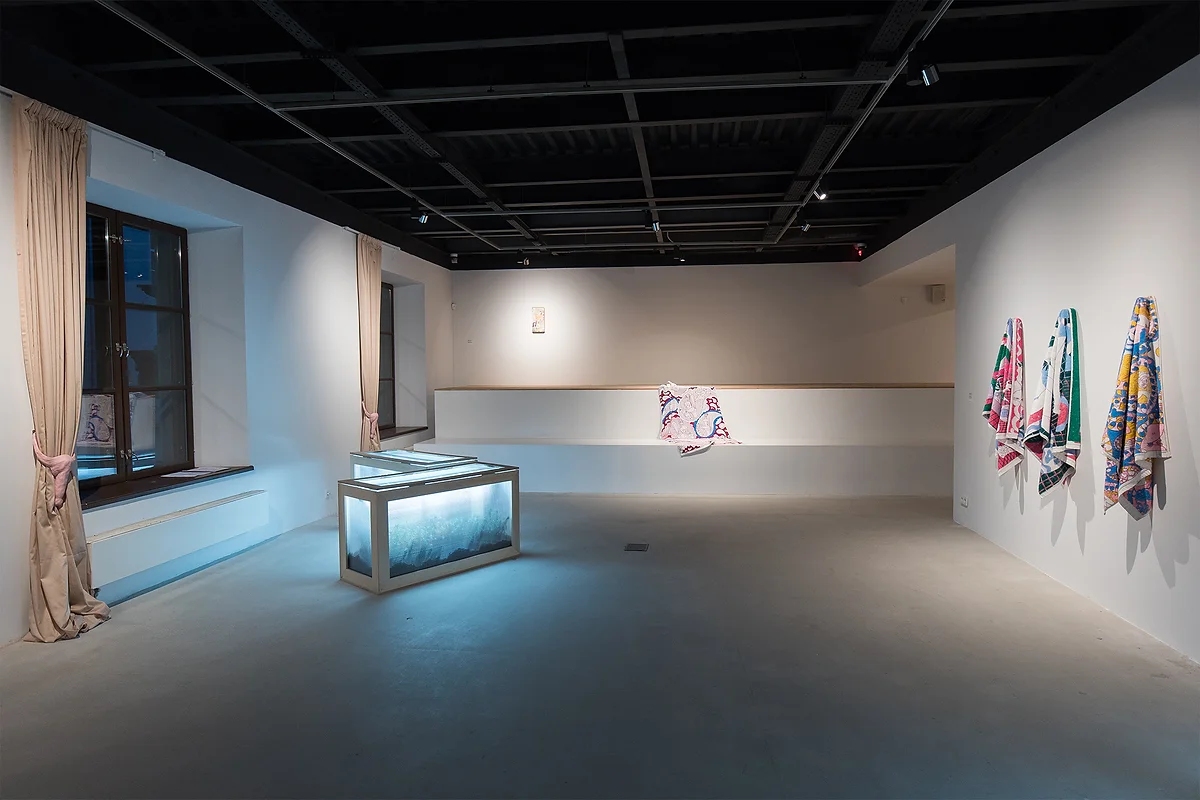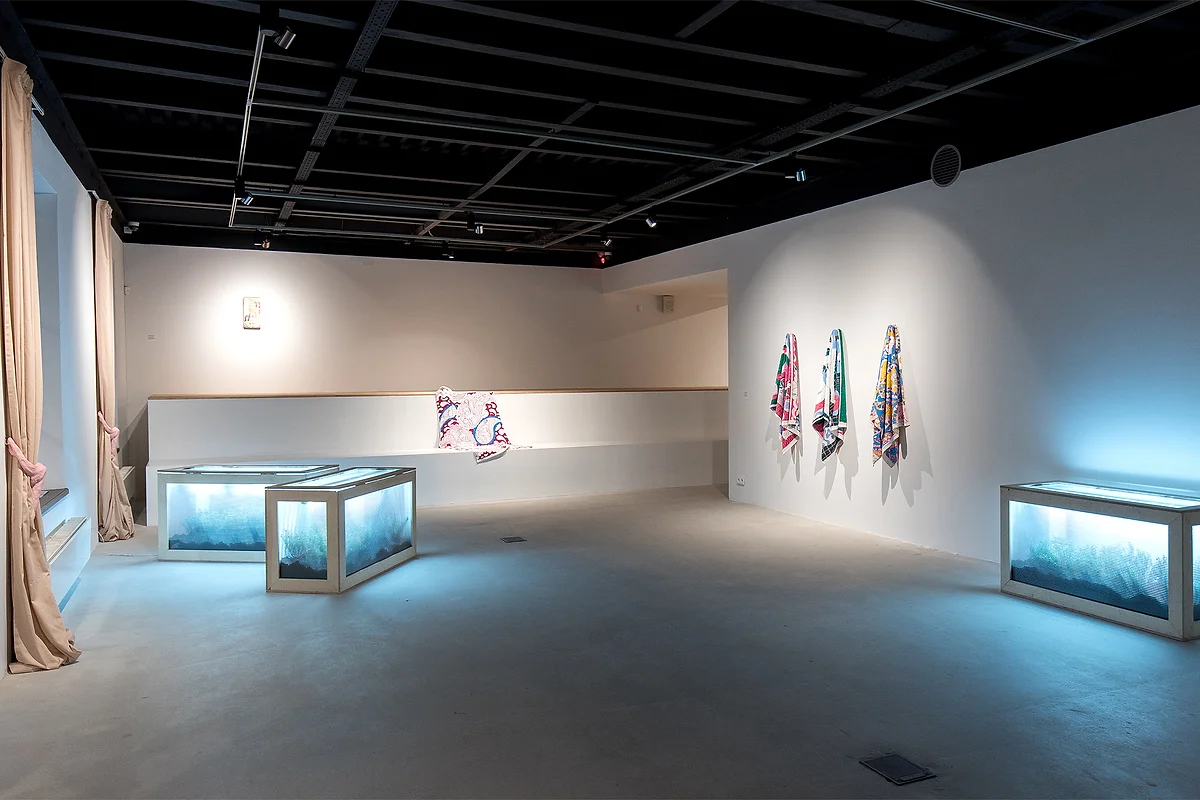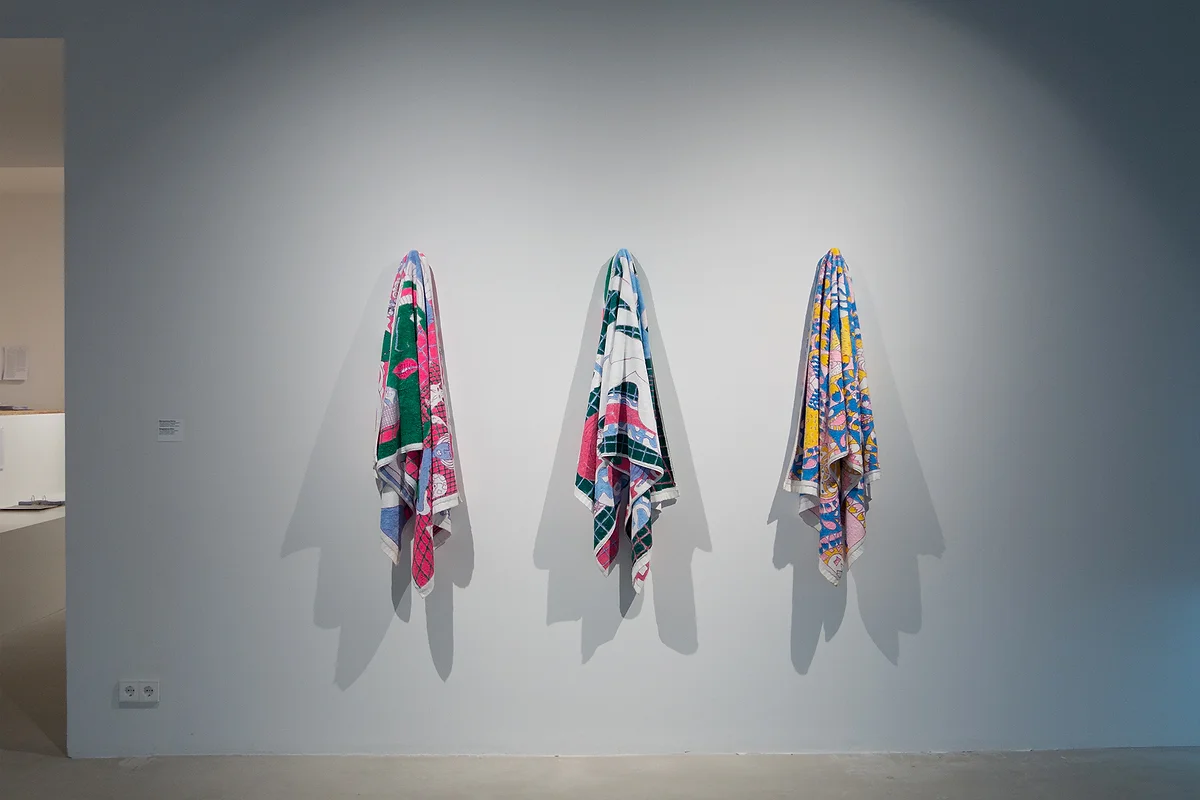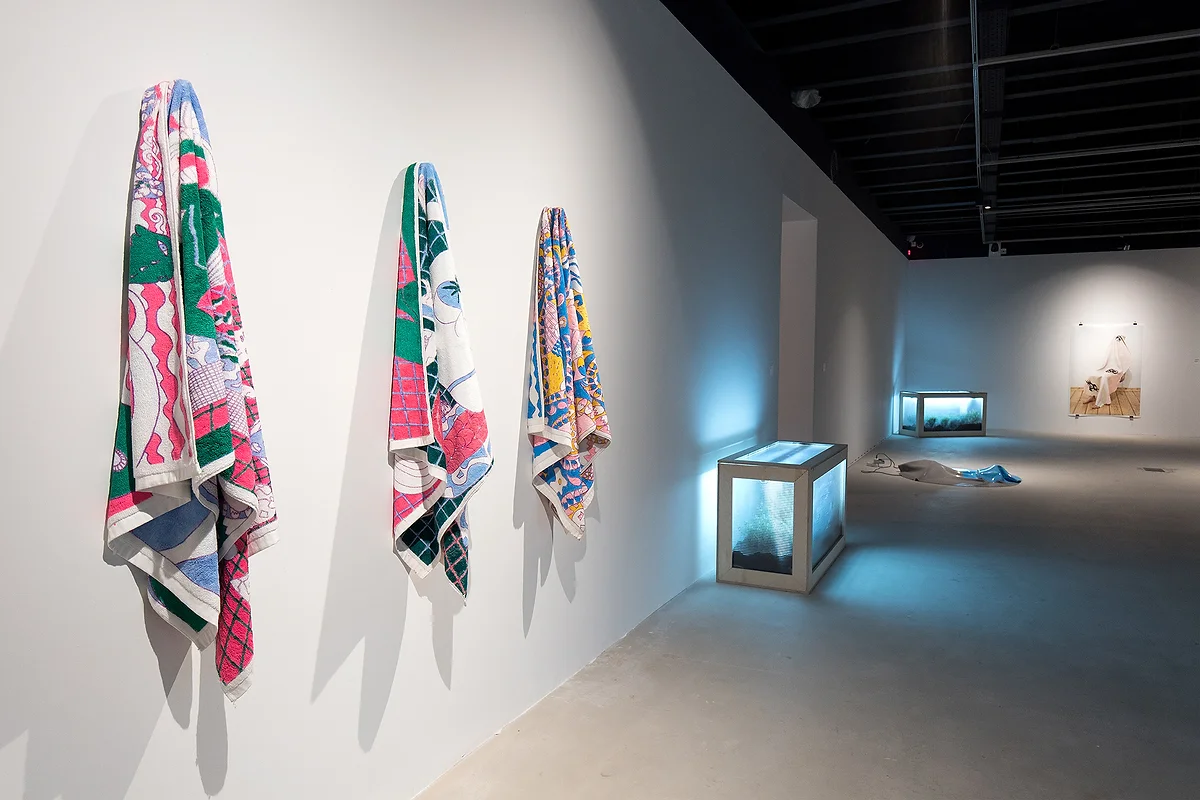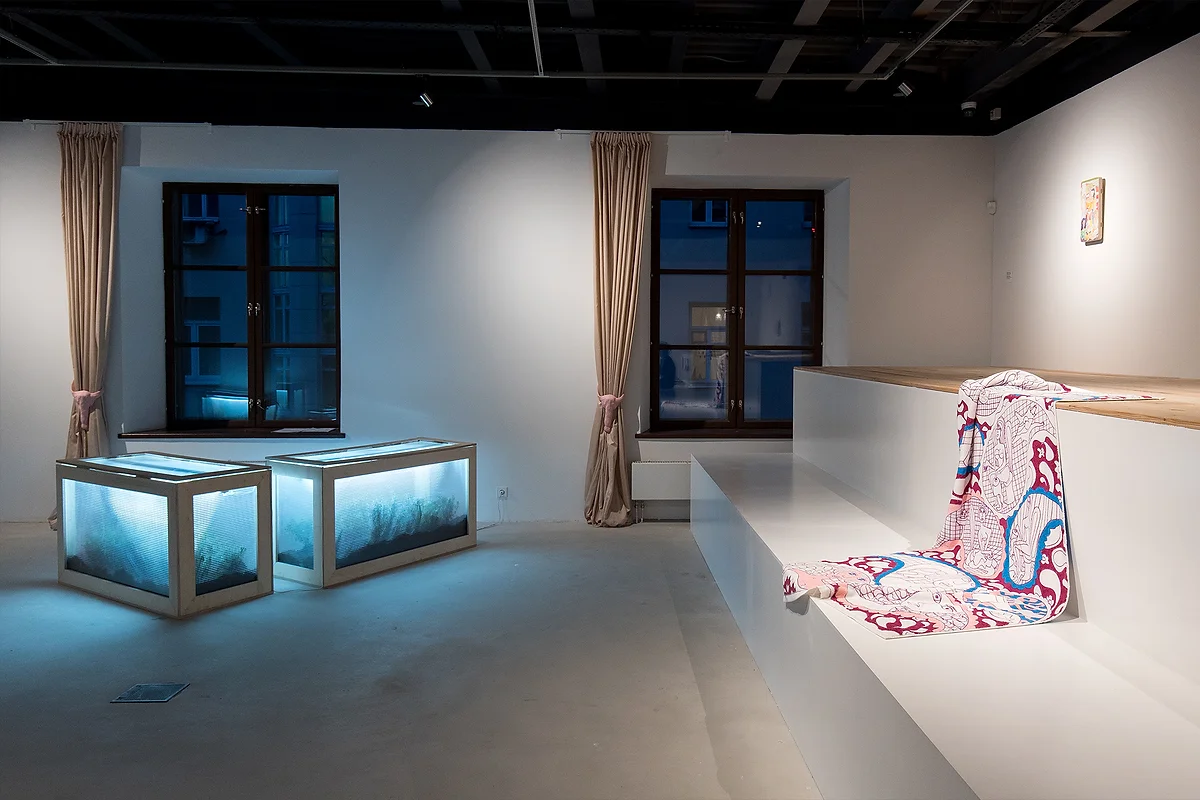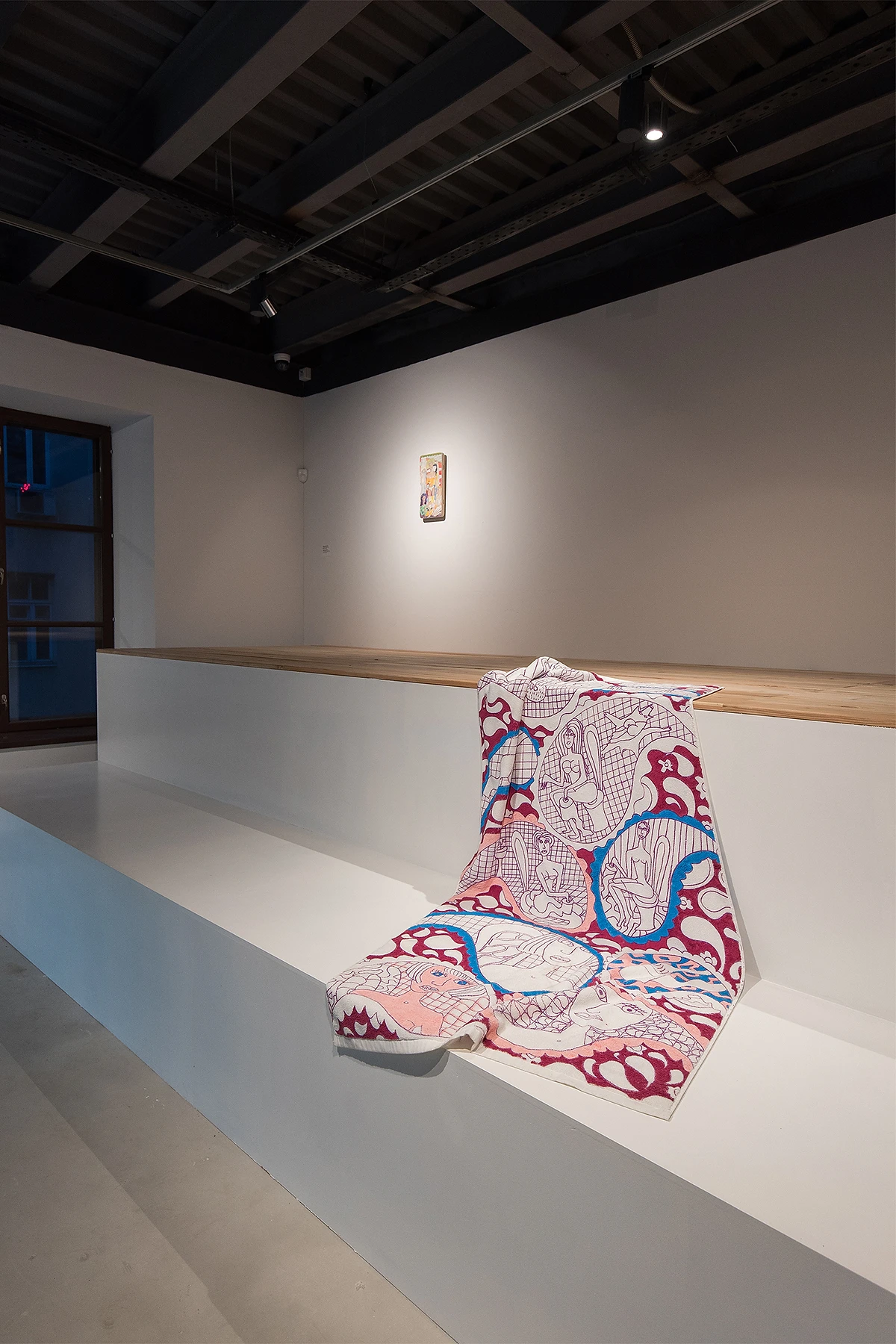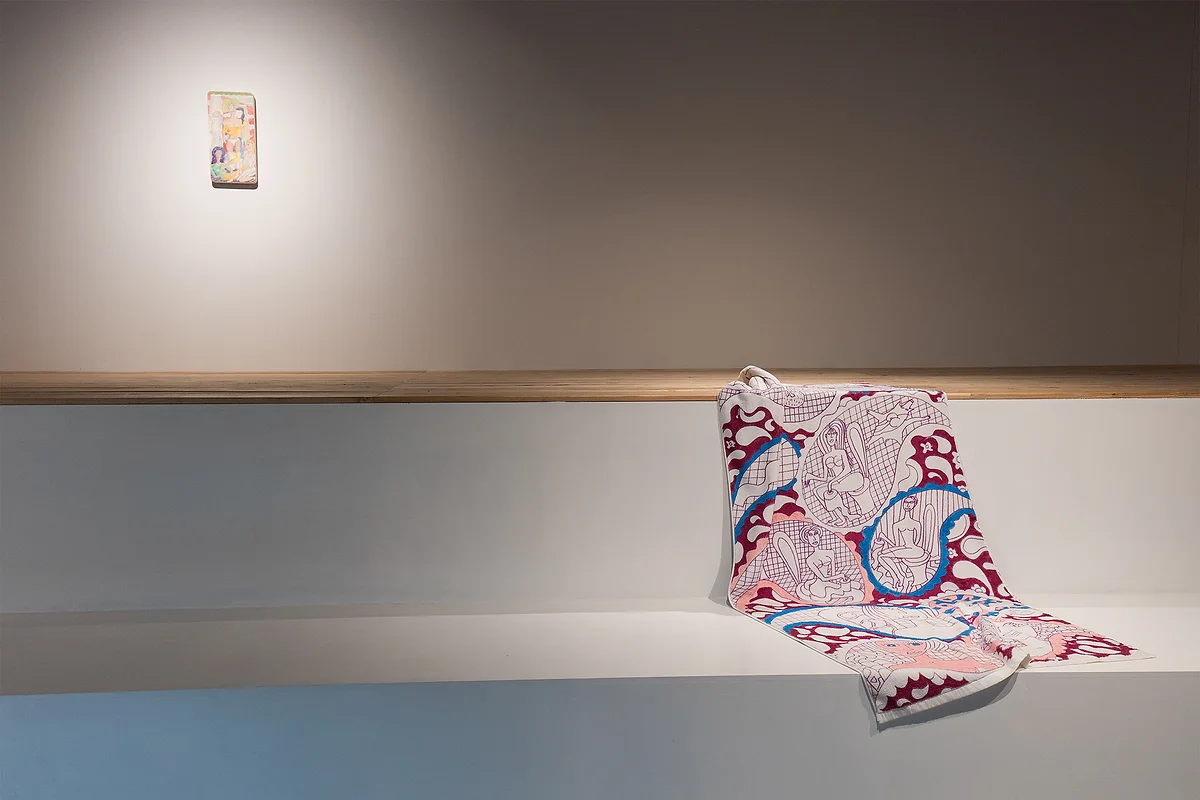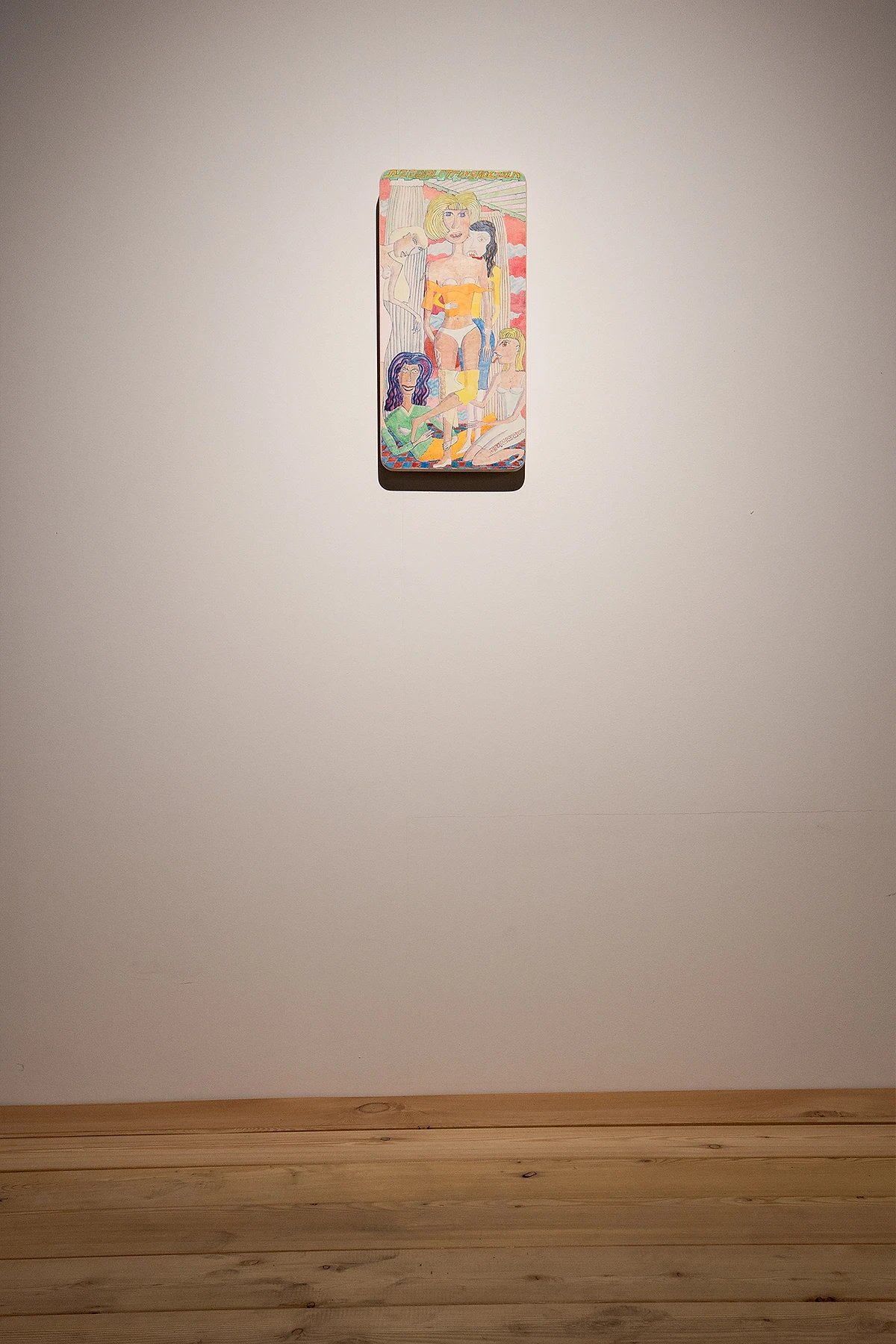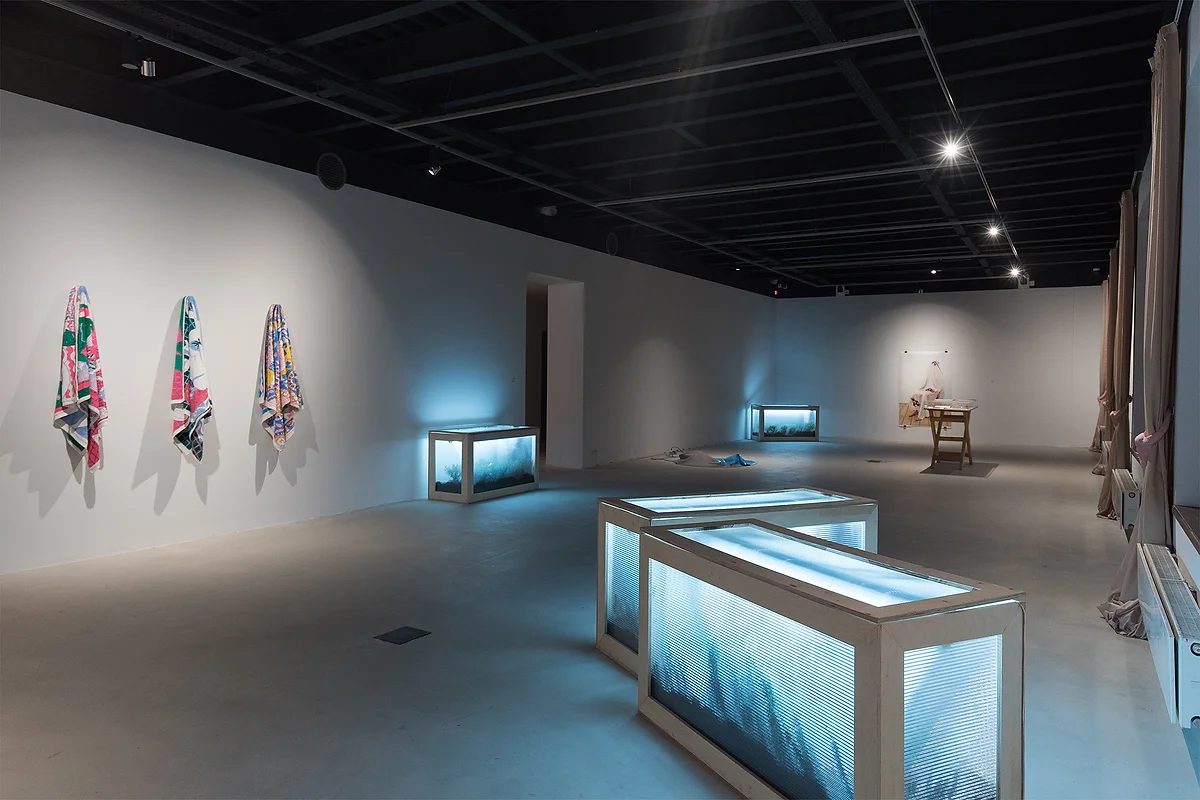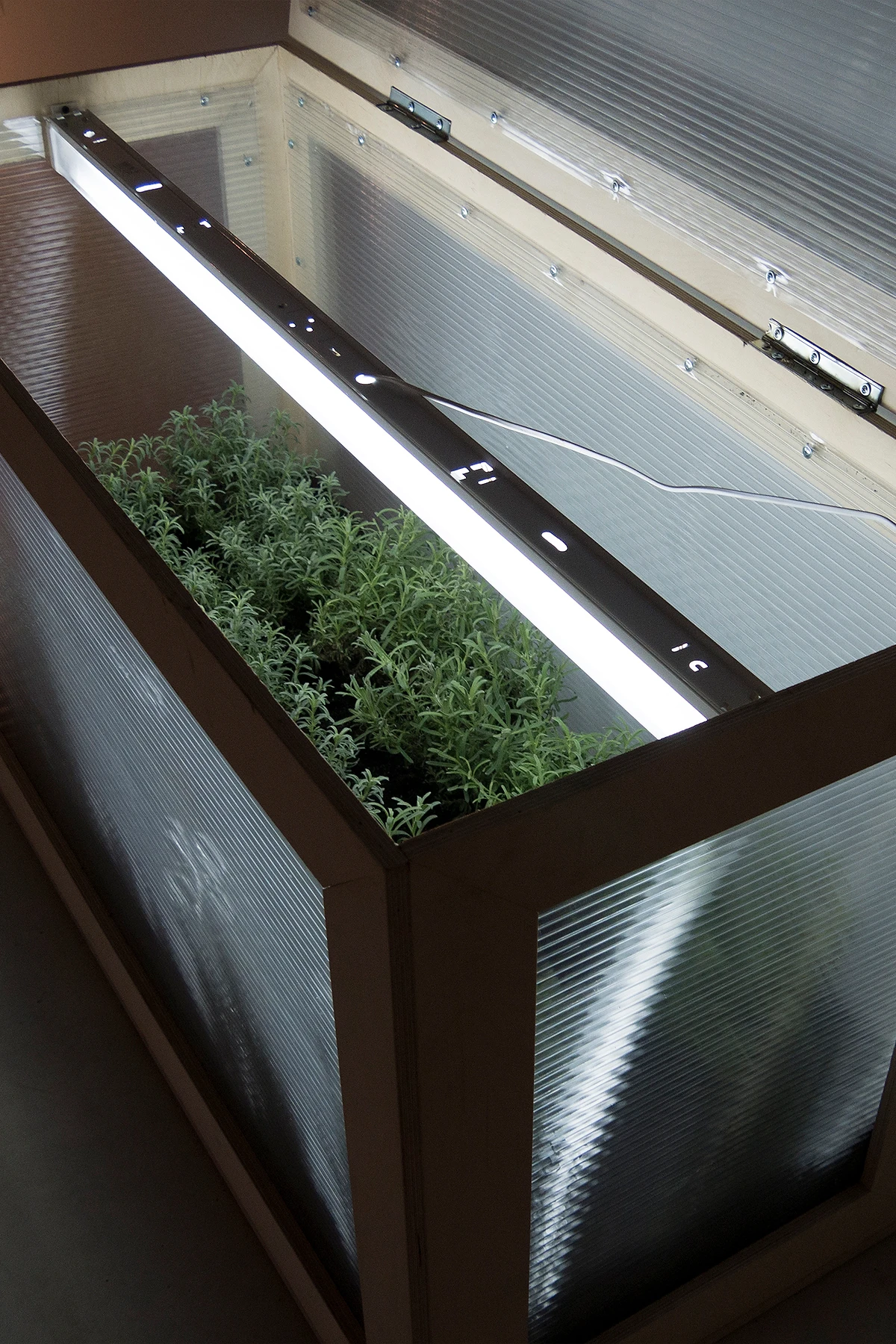16.12.2017 – 11.01.2018
Questions concerning the body have frequently been posed within contemporary artistic practice. But these questions also grew to currently be the most urging ones due to the broad range of overlapping issues the body touches upon. If the body is a site of political, aesthetic, moral and spiritual debate then it is necessary not to convert it into an abstract absolute. Rather it is to be read as essentially residing in-between discourses and their differing temporality and communities.
Simultanhalle’s venture at the Moscow Museum of Modern Art is structured into three individual phases which each showcase a particular aspect of it’s curatorial practice. The inaugural phase departures from an in-depth analysis of the rich history of the project space and picks up on the profound investment during Simultanhalle’s early years in rendering visible female artists and their specific forms of practice and organization. As Eva Janošková took on the main role in setting up an open space for artists and interested viewers alike, she became one of the very few female protagonists to head a project space on her own. With a fairly un-ideological approach she turned her perspective toward equally granting women a place to exhibit. Her work took on great necessity as she shed light on their specific practices during the 1980s, all the while macho figures of artist movement Neue Wilde shaped what is now deemed as the Rhineland’s most significant years in art history. Janošková’s high level of awareness and development of strategies in self- organization which circumvent power structures worked as a starting point for our exhibition.
if the body is a temple and a body is a subject and a temple has walls – it becomes apparent that a temple is a body takes a quote from a poetic lecture by Klara Kayser (*1986, in Hanover, Germany) as it’s meandering guideline. The sentence alludes to a number of relations the body – and especially the female body – is caught up in during processes of labour, artistic production, self- organization and spirituality. Kayser has developed a practice that moves along narrative forms in both sculpture and poetry. For the exhibition in MMOMA she worked with the space in a potentially decorative manner. Her installation ravish me pink is comprised of curtains hanging along windows and in effect ascribe a homely feel to the exhibition space. The sculptural intervention takes on the look of a domestic addition seemingly disappearing in a rendering of the space as an area of private activity, adding both a visual and narrative framework to the show. The silicone tiebacks in the form of penises inform a gendered reading of the work and open up questions concerning the joint connection of gender and aesthetic production. Moving along the level of materiality, Kayser regularly employs silicone in order to perform a sculptural delineation of skin and allude to notions of the body in using it’s form as a signifier for social and narrative juxtapositions.
The installation by Alex Heilbron (*1987, Greenbrae, California, USA) aims to to induce relaxation and care for a body in need. Various greenhouses spread across the exhibition are home to a specific herb or plant that can be harvested on site and later be used for various measures such as teas and tinctures. Their ability to calm a troubled or anxious body is intended to work as a critical and resistant mode of contemporary life. The critique inherent in the work is that a capitalist society is the driving force behind numerous contemporary physical impairments and these disruptions in ones body are later shunned by the structure that created it. Heilbron offers a tool for collective self-care through which the stressed find relief in a system of virtues of giving and caring. It is encouraging to place value on practices deemed unscientific and unprofitable in a discourse that favors predominantly patriarchic understandings of knowledge and value creation. A similar approach guides Heilbron’s publication project Looping, which works as a documentation of artistic research and simultaneously serves as a tool for the self-organization of production, opening up a space of autodidactic learning and mediation of working processes in order to enable others. This sense of community-building is also reflected within the exhibition as all the participating artists know each other and have worked or exhibited together before. Their relation to one another therefore not just results from the juxtaposition of their material objects but also their living and working in a shared form of artistic community revolving around the Kunstakademie in Düsseldorf, Germany.
Modulating along the lines of a traditionally informed painterly practice, the works by Magdalena Kita (*1983, Debrica, Poland) develop their entangled narratives through an exuberant visual language. Kita’s flamboyant works take on different material forms such as table cloths, towels or icons and interlink both visual and material grammar of female semiotics. Her working process dwells into manipulating the visual imagery of femininity and its highly affective and intuitive vocabulary in order to unfold narratives of socio-political paradoxes. Locating ones practice in a specifically female terrain therefore means being able to tell stories of unsettled grounds.
What unites all of the participating artists is not only their gender but also their specific interest in implementing a working practice that is highly aware of it’s relations and implications within systems of knowledge and value production. The exhibition therefore not only works as a political objective to emphasize female artists but also gains leverage in an effort to encourage a re- evaluation of modes of working for which instances of explicitly female connoted approaches help to bend traditional views on these issues.
Location:
Moscow Museum of Modern Art
Artists:
Klara Kayser, *1986
Alex Heilbron, *1987
Magdalena Kita, *1983
Presse:
„Die Simultanhalle mit drei Ausstellungen zu Gast bei MMOMA Ermolaevsky, Moskau“
Goethe Institut
2019
pdf, link
